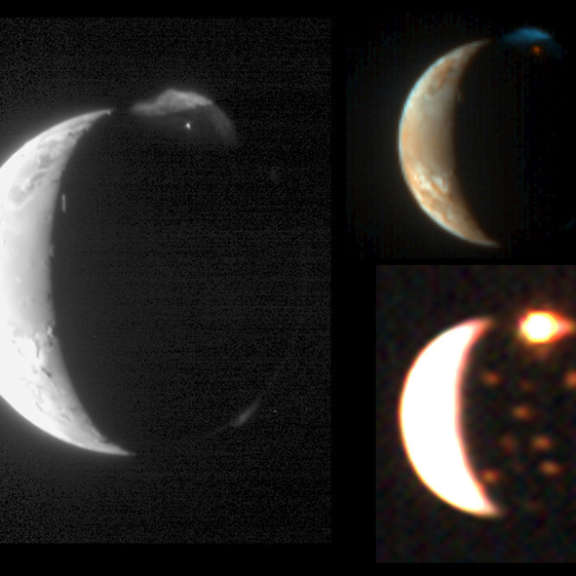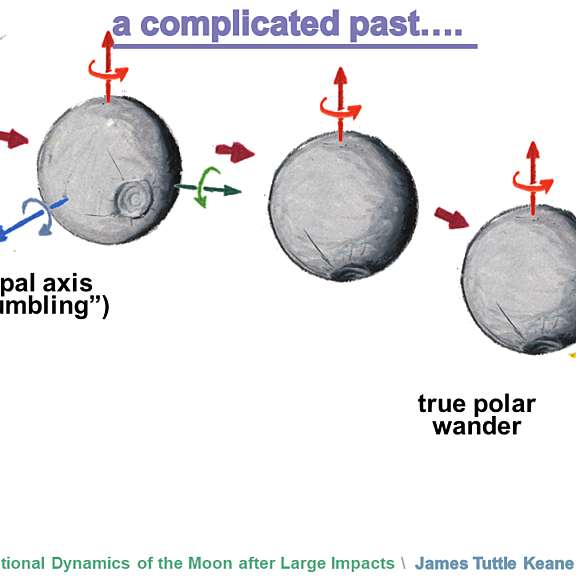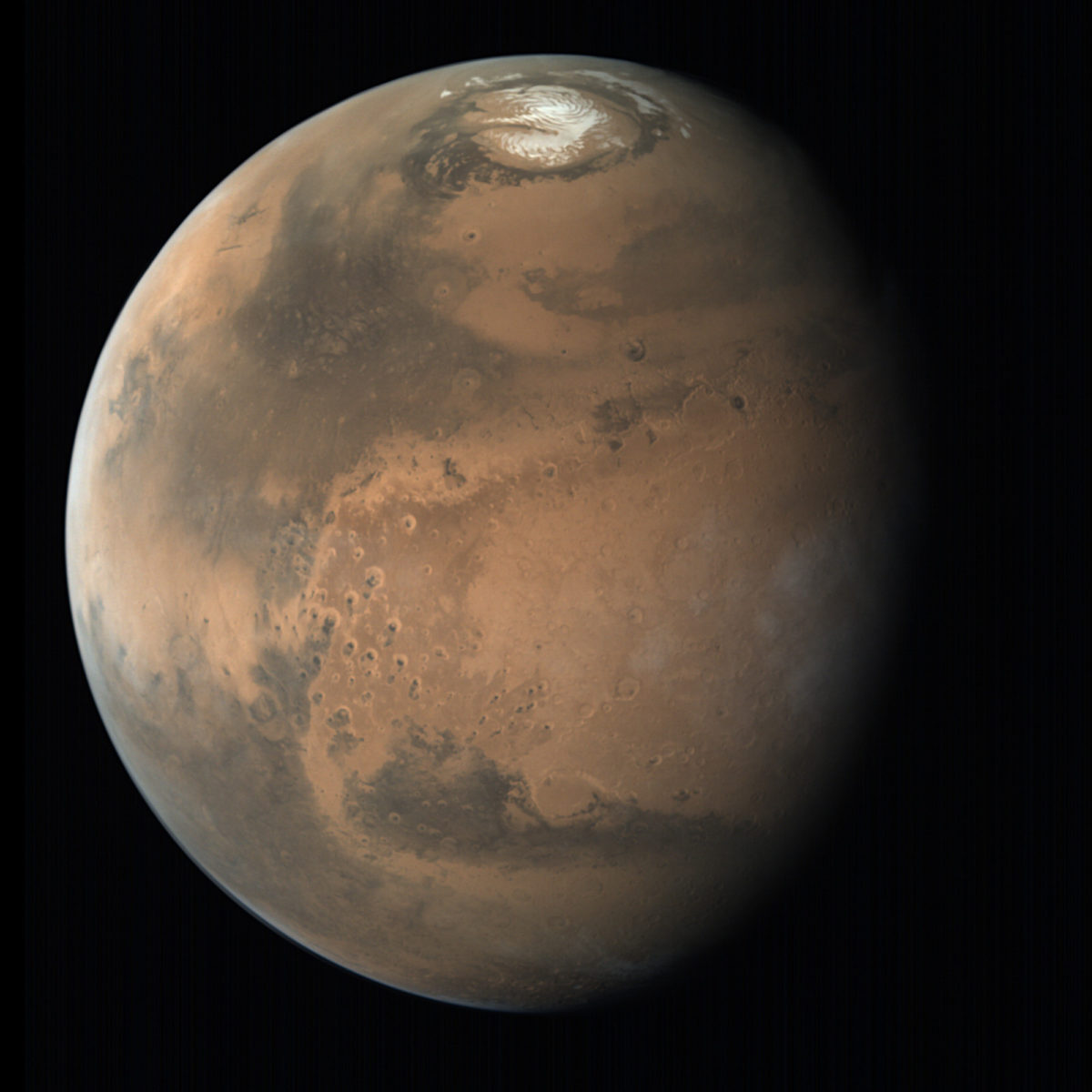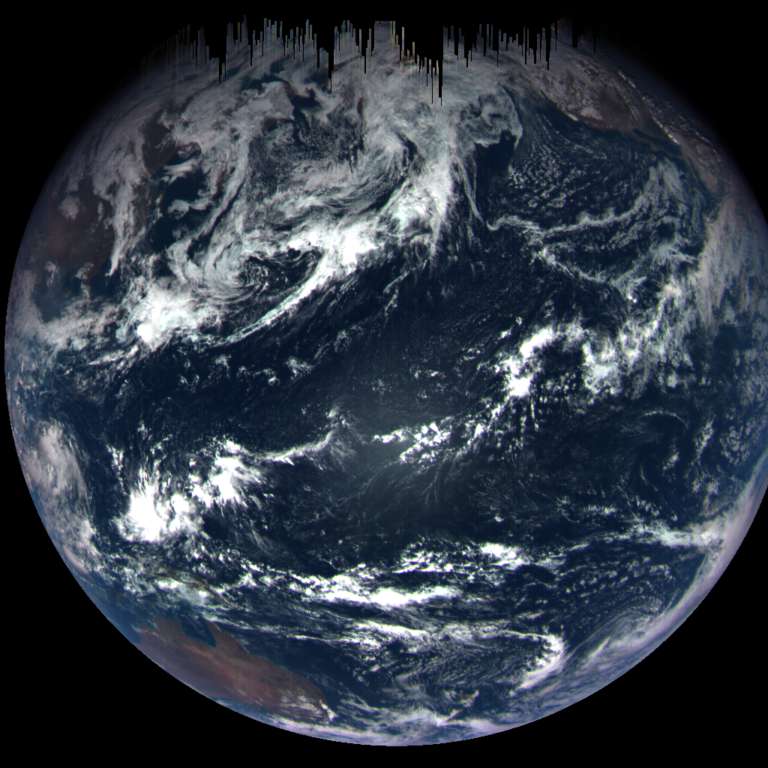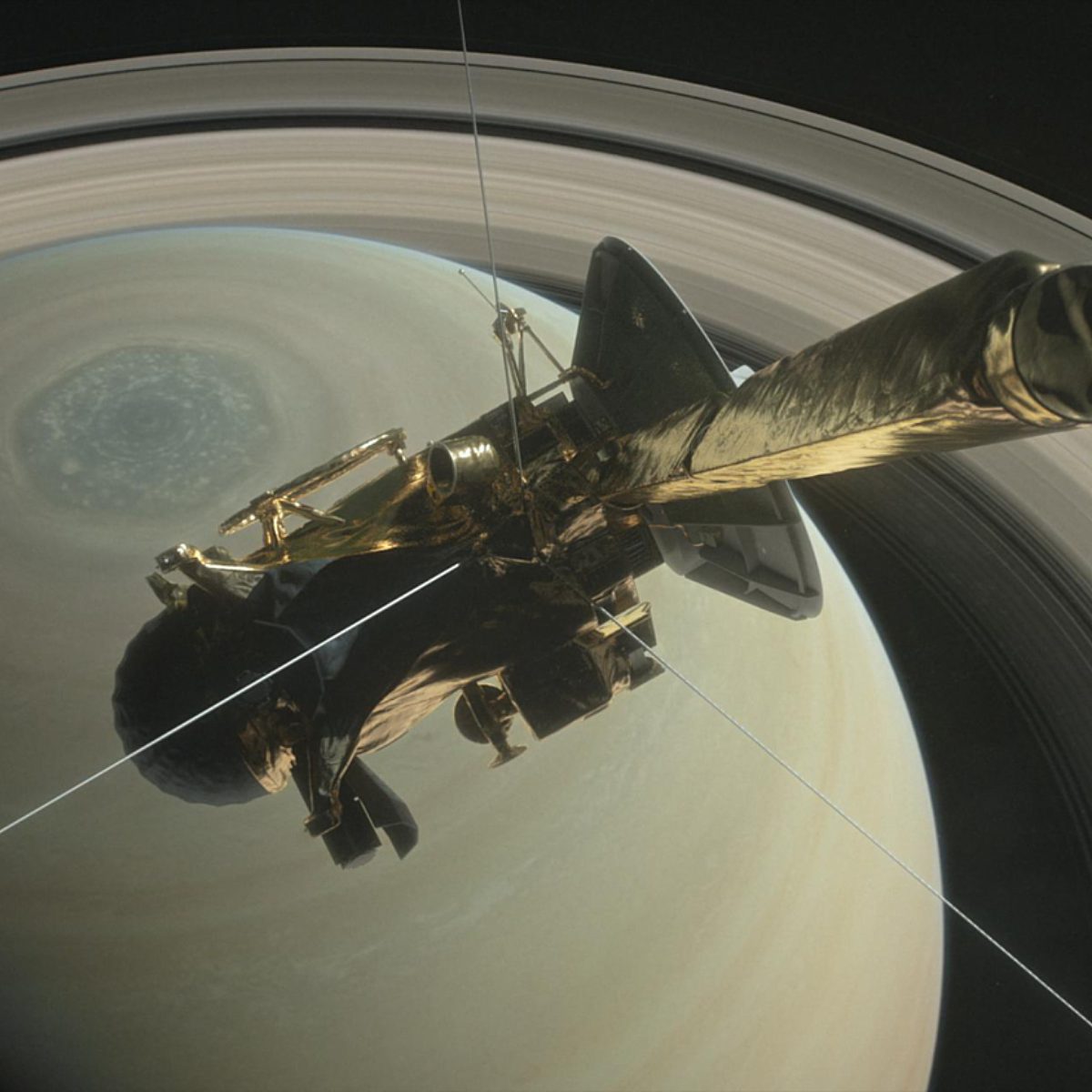All
All
Stories, updates, insights, and original analysis from The Planetary Society.
#AGU17: Spherical harmonics, gravity, and the depth of winds at Jupiter
Results from the Juno gravity science experiment presented at last week's American Geophysical Union meeting suggest Jupiter's winds penetrate only to 3000 kilometers deep.
#AGU17: JunoCam science
JunoCam may be an outreach instrument, but its superb photos of storms on Jupiter are providing plenty of data for scientists to talk about.
Brief note from #AGU17: Juno observes volcanism on Io
At the American Geophysical Union meeting, members of the Juno team showed observations of active volcanism on Jupiter's moon Io.
South Korea's first lunar mission planned for 2020
South Korea's first mission to the Moon, the Korea Pathfinder Lunar Orbiter KPLO, is now planned for launch in December 2020.
India's Chandrayaan-2 mission preparing for March 2018 launch
India plans a return to the Moon with an orbiter, lander, and rover on the Chandrayaan-2 mission.
Emily's recommended space books for kids of all ages, 2017
Welcome to my ninth annual recommendations and gift guide to books about space, planets, and astronauts for kids of all ages!
#DPS17: The Moon's Giordano Bruno crater through many eyes
Today's story from the Division for Planetary Sciences meeting looks at one youthful rayed crater on the Moon from many different spacecraft.
Explore spinnable Saturn and Jupiter moons with Google Maps
Google Maps released several new map products that allow you to see the locations of named features on many solar system planets and non-planets, spinning them around in space with your mouse.
#DPS17: Wobbling the Moon and art by James Tuttle Keane
James Tuttle Keane is increasingly famous (among planetary scientists anyway) for his remarkable illustrated notes from conferences. Here's his work from the Division for Planetary Sciences meeting, illustrating both his own and others' research.
#DPS2017: Progress report on Mars Reconnaissance Orbiter images of comet C/2013 A1 Siding Spring
Three years ago, on October 19, 2014, comet C/2013 A1 Siding Spring passed within 138,000 kilometers of Mars. At the 2017 meeting of the Division for Planetary Sciences of the American Astronomical Society, we heard a progress report on Mars orbiter imaging of the comet's nucleus.
A new year's worth of Mars Orbiter Mission data
India's Mars Orbiter Mission has now completed three years in orbit at Mars, and ISRO celebrated the anniversary by releasing the mission's second-year data to the public. Emily Lakdawalla spent a week downloading and processing data for your enjoyment.
Earth flyby tests OSIRIS-REx's cameras
As expected, OSIRIS-REx's Earth flyby on September 22 was a success. The mission is slowly releasing beautiful images of our home worlds taken by its many cameras following the flyby.
An honor from The Open University
Today in London, Emily Lakdawalla was awarded an honorary degree of Doctor of the University by The Open University.
OSIRIS-REx Earth flyby: What to Expect
OSIRIS-REx launched on September 8, 2016. Now, a year later, it's returning to its home to get a second boost on to its destination, the asteroid Bennu. It'll test all its cameras on Earth and the Moon in the 10 days after the flyby.
Cassini: The dying of the light
Cassini is no more. At 10:31 according to its own clock, its thrusters could no longer hold its radio antenna pointed at Earth, and it turned away. A minute later, it vaporized in Saturn’s atmosphere. Its atoms are part of Saturn now.
Curiosity update, sols 1726-1813: Surveying Vera Rubin Ridge from below
Curiosity had a productive three months driving along the front of Vera Rubin Ridge, gathering photos and data with its arm instruments, finally driving up on to the ridge on sol 1809.
What to expect during Cassini's final hours
A timeline of what to expect from the great mission during its final hours.
Curiosity's balky drill: The problem and solutions
Since December 1, 2016, Curiosity has been unable to drill into rocks because of a serious problem with one of the drill's motors. Emily Lakdawalla thoroughly explains the issues and the path forward for Curiosity.
Voyager 40th anniversary: Reflecting on the pale blue dot
Today is the 40th anniversary of the launch of Voyager 1. Four decades later, both spacecraft survive, still producing science, still working on their interstellar missions. On the occasion of the anniversary, we revisit Carl Sagan's reflections on the significance of the Voyager missions.
Book Update: The Design and Engineering of Curiosity
Emily Lakdawalla's first book is now available for pre-order.


 Explore Worlds
Explore Worlds Find Life
Find Life Defend Earth
Defend Earth


 Sun
Sun Mercury
Mercury Venus
Venus Earth
Earth Mars
Mars Jupiter
Jupiter Saturn
Saturn Uranus
Uranus Neptune
Neptune Small Bodies
Small Bodies

